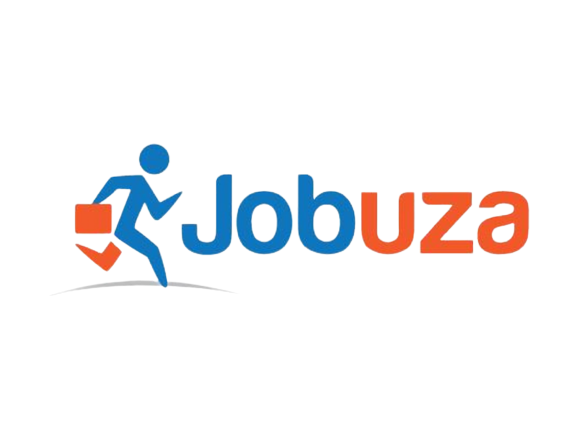The largest professional networking site in the world, LinkedIn has more than 850 million users in more than 200 countries. Let’s look at ways to improve your LinkedIn profile to make the most of networking with the right people.
Why is Networking Important?
Networking can assist job seekers in obtaining the greatest chances. It will help you hire the brightest minds if you are a job provider. As a business owner, networking will assist you in attracting the best customers. Sharing your knowledge will enable you to reach a larger audience.
Maintaining social well-being and being creative as you share ideas on the site can both be facilitated by networking. Keeping up your public and private profiles is crucial in our digital age.
- Fill out your profile thoroughly.
The LinkedIn profile has five levels—beginner, intermediate, advanced, expert, and all-star. The all-star badge on your profile should be your goal if you want to maximize it.
While not the only factor to consider while optimizing your profile, it may be the most crucial. Hence, be sure that you are according to Linkedin’s advice. Add your profile picture, background image, talents relevant to your expertise, etc. You may optimize your profile and maintain top search rankings with its assistance.
- Choose the right profile picture.
Your profile image is one of the first things someone will see. Individuals with attractive profile pictures receive 21X more views than those without. Your profile photo should be high definition, with a half-body shot and a smiling picture. Maintain a genuine profile and avoid editing your photo. Last but not least, dress professionally and according to your sector.
- Find the right heading.
The heading is the next crucial item you must consider after your profile image. A one-line remark will introduce you to the audience underneath your name. The LinkedIn header is referred to as this and is important to the LinkedIn search algorithm. To get on the first page of search results, ensure the proper keyword is in your title and improve your profile.
While writing your headline, there are additional things to consider. You only have 200 words for the headline, so be concise and careful. Include your work title and the name of your employer in your title. While writing your headline, use creativity and eye-catching language to draw the viewers in.
- Create an impactful summary.
The header is the next crucial element after your profile image. A one-line remark will introduce you to the audience underneath your name. The LinkedIn header is referred to as this and is important to the LinkedIn search algorithm. To rank highly in search results, ensure the proper keyword is in your headline and your profile is optimized.
While writing your headline, there are additional things to consider. You only have 200 words for the headline, so be concise and careful. Include your work title and the name of your employer in your title. While writing your headline, use creativity and eye-catching language to draw the viewers in.
- Optimize your experience section.
Underneath the summary, there is the experience section. Your prior experience with the businesses you worked for can be mentioned here. Next, you can list your current initiatives and the impact you’ve made. Ensure you’ve tagged the company page and provided the correct job title. Brief them in two to three lines. You can add any important document using the media option as well.
- Use exact keywords.
Add the appropriate keywords in all areas of your profile. Linkedin’s algorithm will offer you better suggestions only after using the proper collection of keywords. For example, the headline should contain the most crucial keyword, and the experience and summary sections should control other keywords.
- Be active on Linkedin.
You don’t have to spend much time scrolling through LinkedIn to be active. First, you need to identify the proper valuable connections and valuable people. Then, to ensure that your network is aware of your specific function, update your end of the network. Be mindful of the workshops, events, and discussions happening in your field and appearing in your LinkedIn feed. Getting involved in your LinkedIn community is crucial.
- Additional sections are essential.
The components in your LinkedIn profile are numerous. For instance, people must pay closer attention to the volunteering sections, courses, talents, certificates, endorsements, etc. So, to stand out from the competition, make sure your profile is filled out with all your hard and soft abilities.
It’s crucial to load and update your sections on Linkedin if you want your profile to stand out from the crowd. In addition, your portfolio will be greatly enhanced if you include any industry-related initiatives you may have worked on with professional networks, such as volunteer work with NGOs, upskilling and other programs from e-learning sites like LinkedIn Learning.
- Make a custom profile URL.
Clicking on “Edit Public Profile” will allow you to change the URL for your profile. There is a first-come, first-served policy for all custom URLs. So there’s a chance your URL isn’t accessible. By including your name and an integer or number, you can still create a customized URL.
- Choose the right background image.
The background picture serves two functions. First, to help others understand your expertise and to give your profile a personal and professional definition. However, this differs from business to industry and relies on personal perceptions. You may create a unique background image for your profile using programs like Canva and Adobe Creative Cloud.
Use the feature area of your profile, which showcases some of your professional career accomplishments, as added advice to improve your LinkedIn profile. In the highlighted area, you can display your portfolio and resume, including external links, and list some of your most popular posts.






